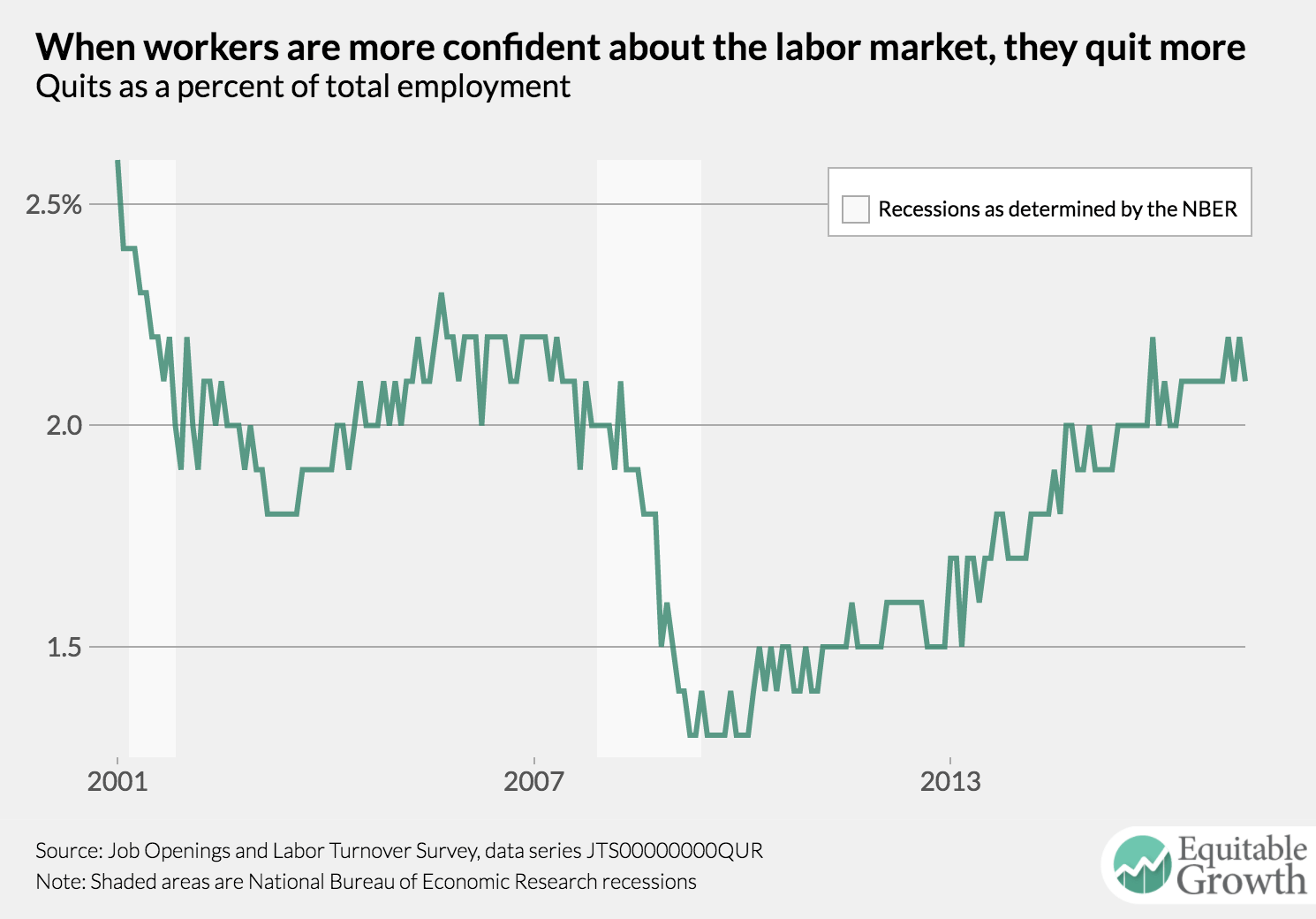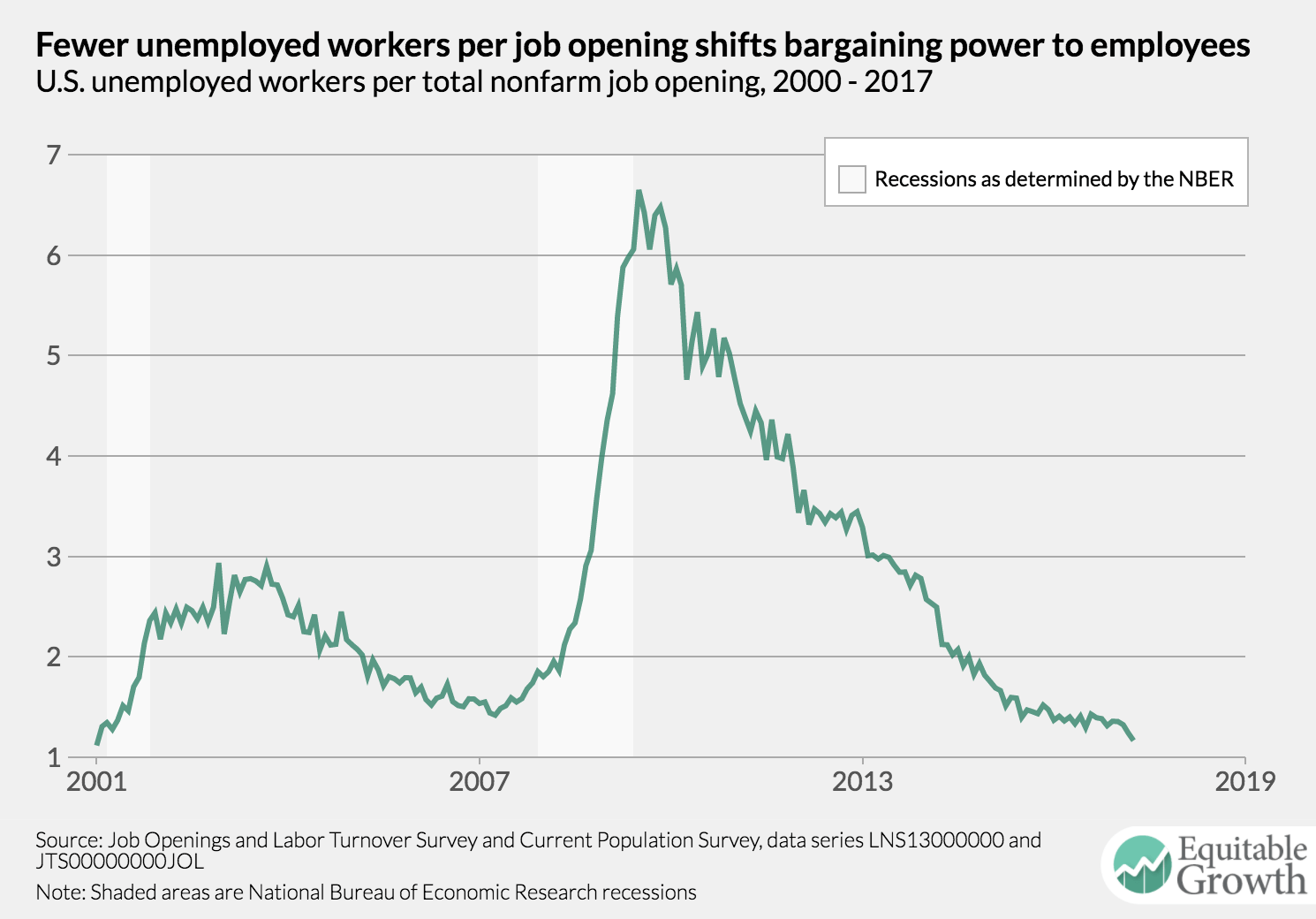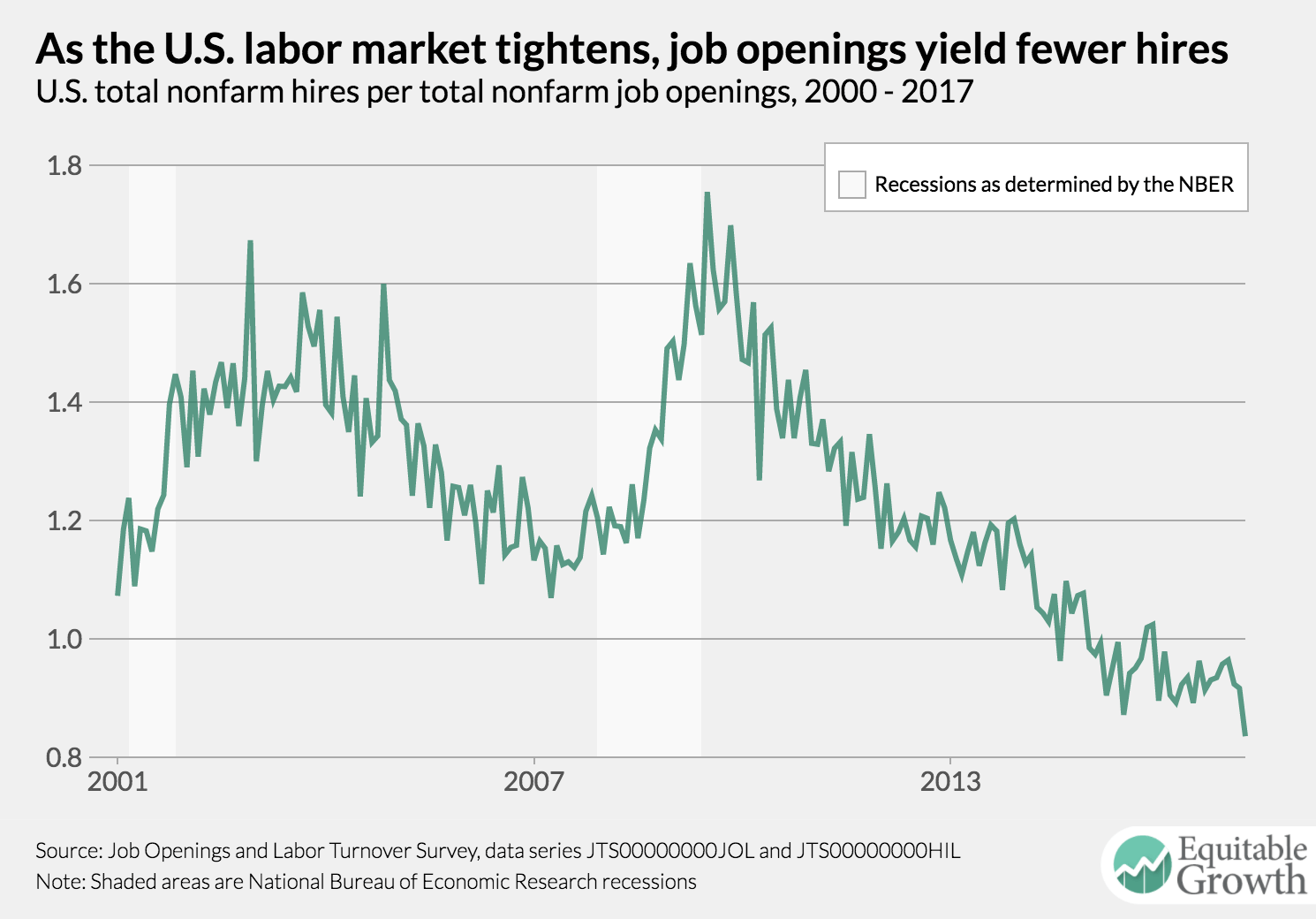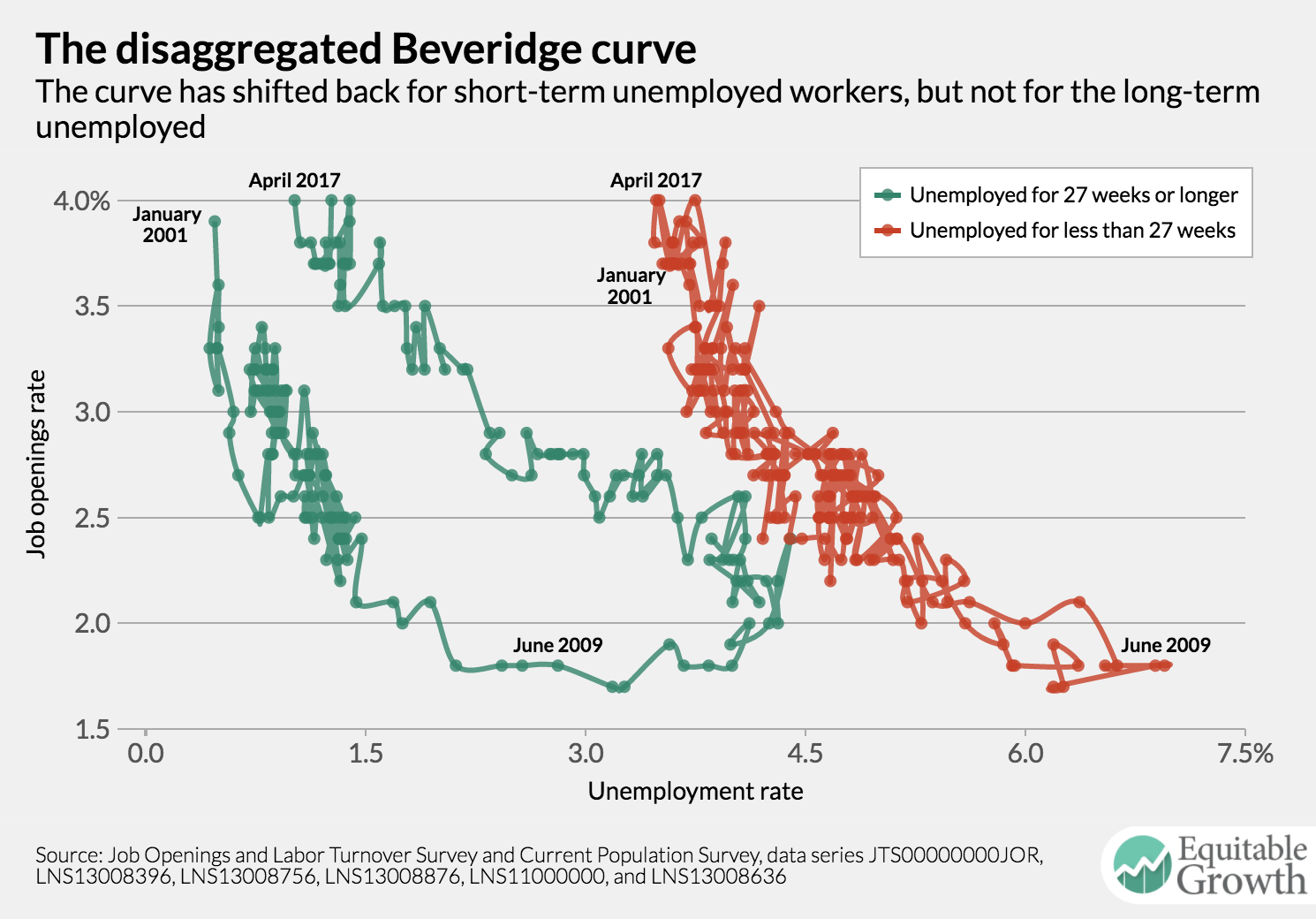
Traditionally, central bankers haven’t considered income and wealth inequality much when they conduct monetary policy. Perhaps some of them think about the impact of monetary policy on the levels of economic inequality, but inequality as a factor affecting the impact of monetary policy isn’t something most of them ever discuss. Recently, however, researchers are beginning to give central bankers better points of reference by looking at how inequality and heterogeneity among households affects the transmission of monetary policy.
Adding to this line of analysis is a new paper that finds part of the way monetary policy increases consumption is by redistributing income among households. That paper, by Stanford University economist Adrien Auclert—based on part of his dissertation—shows how the redistribution of income and wealth play a role in monetary policy. Specifically, he finds that the simulative effect of monetary policy is amplified when it shifts income toward individuals who are more likely to spend it. Auclert’s paper adds three new possible policy transmission channels to the traditional set that central bankers consider, including the substitution effect (where lower interest rates increase consumption today) and the aggregate income effect (where higher incomes lead to more consumption).
The key to the effectiveness of the three new channels, Auclert argues, is that they interact with the variation in the marginal propensity to consume. The spending habits of households and individuals vary, as some will immediately spend an additional dollar of income while others will save it. The larger a person’s marginal propensity to consume, the more that individual will spend of the additional dollar he or she receives. Auclert identifies three ways that monetary policy can shift money away from individuals with low marginal propensities to consume and toward those with high propensities to consume.
The first channel is the earnings heterogeneity channel. The relevant inequality here is inequality of income, as the marginal propensity to consume tends to decrease as incomes increase. In other words, individuals with low incomes are more likely to spend another dollar of income. Monetary policy boosts consumption through this channel if, in boosting total income, it pushes income more toward lower-income individuals. This channel seems plausible given research on the effect of monetary policy on income inequality.
The second channel deals with inequality of wealth and debt. This so-called Fisher effect—named after the economist Irving Fisher—works through high inflation shifting income away from net asset holders and toward net debtors. An unexpectedly higher inflation rate, for example, reduces the amount of money debtors have to pay back to creditors. The value of debt declines, and debtors have more money to potentially spend. And as debtors have a higher marginal propensity to consumer than creditors, this shift of income helps boost consumption.
The redistribution work in the third channel identified by Auclert is related to the amount of exposure to changes in inflation-adjusted interest rates. This channel also involves inequality in asset ownership but focuses more on the timing of when individuals receive income from assets and when they have to pay off liabilities. At a given point in time, the more income a person has coming in from assets relative to their liabilities, the more a decrease in inflation-adjusted interest rates would reduce their income, which would be redistributed toward people with more money due to liabilities at that time. Think of homeowners with adjustable rate mortgages. A reduction in inflation-adjusted interest rates reduces the amount of money they need to pay toward that liability (their mortgages) at that moment. These homeowners and other individuals with liabilities to pay off soon have a higher marginal propensity to consume, on average, and a redistribution toward them would result in a boost to consumption.
Combining these three redistribution channels, Auclert finds that shifting incomes among households and individuals may be about as important to boosting total consumption as the well-known substitution effect. If that’s true, then it certainly would put a new spin on how researchers and policymakers think about what factors, including inequality, are going to make monetary policy more effective. Auclert says that his work is “very much a first pass.” Given the potential implications of this research, other passes as this line of research would be welcome.





